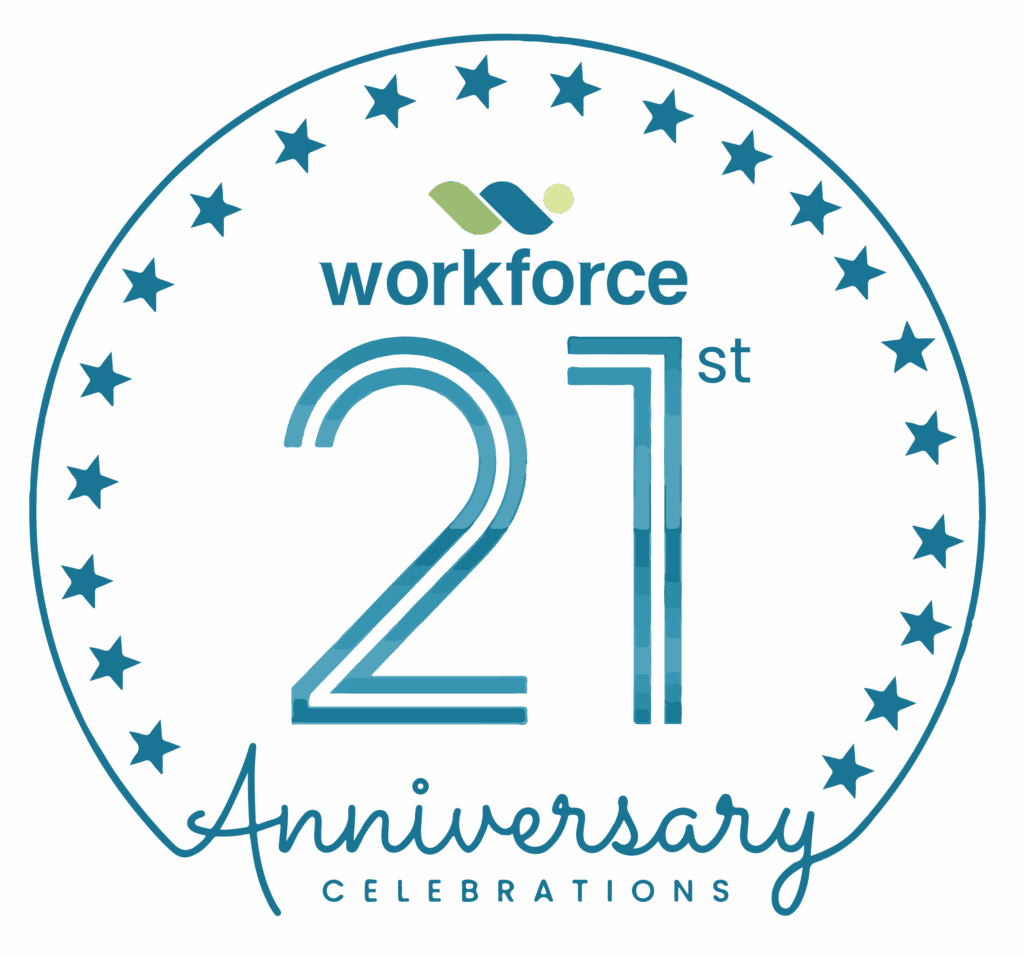For years, HR has been tagged an admin function with little or no strategic value to add. All of that is fast changing as HR tech continues to rise to enable HR professionals save time on routine administrative tasks and focus on providing strategic advantages for their businesses.
The question is: is your company taking advantage of top HR tech tools?
If you’re not, you’re definitely forfeiting the opportunity to increase the efficiency and accuracy of your HR department and maximise your HR manpower in a way that delivers strategic value for your organisation. What we’re saying, in a nutshell, is that you’re weighing down your team with tasks that software can handle better.
That’s not a strategic move in today’s brutally competitive business environment. With the right assortment of well-integrated HR software and tech tools, your HR department can multiply efficiencies, allowing for more time to explore new ways to align game-changing projects with your organisational goals.
This article looks at three top HR tech tools that can free up time for your HR team, so they can go from being overly administrative to being more strategic.
Top 3 HR Tech Tools That Can Free up Time for Your HR Team
1. Benefits Management Software
Benefits administration is one of the core responsibilities of your human resources (HR) department, but it is also one of the most time-consuming. For example, why should your people waste time tracking paid time off and overseeing employee health insurance and retirement benefits when a benefits management software delivers more accurate results in the shortest time possible?
A benefits administration software can help your HR team keep track of different benefits plans and their providers, including retirement plans, employee assistance programs, social insurance and health insurance.
Considering that paying for these benefits is often a considerable expense for companies, carefully monitoring expenditures and which employees are signed up for what plan becomes crucial if employers are to stay within their budgets.
If you are a small business with less than ten employees, you can easily get away with organising the data involved in benefits administration in spreadsheets. However, as your company grows, administering benefits can quickly become complicated if it isn’t properly organised.
A benefits management software takes away the stress from monitoring company expenses into employee welfare, creating benefits programs for new employees, and liaising with suppliers that provide retirement and insurance services.
The fact is that having a rich benefits package is one of the best ways to attract top talent. But without the proper technology infrastructure, the richer your array of benefits get, the more difficult it will become for your HR department to monitor.
Not to mention that you may be offering benefits your employees don’t value. Because good benefits management software offers dashboards for a quick glimpse into benefits usage, using one will take the guesswork out of your benefits offerings and improve benefit usage rates.
2. Learning Management System (LMS)
One of the most costly mistakes a business can make is maintaining an untrained workforce. However, hiring skilled people is only the first step in getting value for your business. You still have to train these people to deliver optimal results. Yet, we frequently find that many organisations keep paying salaries to untrained and under-performing employees.
Regardless of the size of your organisation, employees are often on the front line serving your best interests. Their knowledge and soft skills are invaluable to the overall success of your business.
Therefore, learning and development is not a function that you should take lightly. Bear in mind that learning extends beyond the nice-to-haves of skills development into the more severe aspects like HR compliance e,g sexual harassment training and other areas.
Considering the broad range of training activities that must continuously go on within your organisation, your HR team will significantly benefit from a learning management system that can help them deliver training and document completion.
From skills gap assessment to booking specialised instructors, to scheduling training courses for employees; by providing a learning management system, you’ll provide your HR staff with new-found time and the ability to focus on other pressing matters.
As a case in point, Learnry, Workforce Group’s proprietary learning management system enables organisations:
- Identify and develop the critical competencies required for success in every role within their organisation.
- Build leadership capability at every level across their organisation.
- Equip their employees with the commercial and financial acumen required for business success.
- Equip their managers with the knowledge and skills they need to manage their direct reports effectively.
- Develop employee induction programmes that enable new hires to hit the ground running and speed up culture integration.
Cloud-based learning management systems are also incredibly advantageous to organisations with multiple office locations and a mobile workforce. Beyond accessibility, an LMS provides the following advantages over traditional training methods:
- Mobile support
- Self-paced courses
- Progress and reporting tools
- Real-time grading and scoring
Though e-learning was already increasing in popularity, the pandemic has fast-tracked its acceptance. Today, workers of all ages welcome the benefit of continuing their professional education. Giving them access to quality content together with the ability to learn at their own pace is an excellent way of setting your business apart.
3. Time and Attendance Software
As an employer, ‘time’ is what you pay for when hiring employees. But how well is that time being maximised, especially in remote work situations?
Manually tracking employee work hours puts your company at the mercy of human error. Asides from the fact that human beings are prone to mistakes, we’ve seen cases where some individuals fraudulently altered the manual time tracking system to make it look like they worked more hours than they did.
Absenteeism costs organisations significantly. When your employees are absent from work, either planned or unplanned, it will cost you money. Unfortunately, when you can track planned absences such as vacation, unplanned absences, such as unexpected extended leaves, sick days, late arrivals, and early departures are harder to track.
A tested time and attendance system will allow you to monitor hours worked and paid time off. It will also help you keep pace with labour laws regarding overtime pay.
When you install automated time and attendance tracking, you get accurate reports that can help save your company money because you won’t need to pay employees for hours they weren’t working. Therefore, make it possible for your HR department to give you value for your money when you pay your employees.
In Summary
Whatever are your company goals for the year 2022, having these three tech tools in place will aid your business in achieving them.
A benefits management software will free up your HR to focus on strategic assignments. A learning management system will help you track your people’s development and ensure that they have the skills needed to get the job done. And time and attendance management software will ensure you get what you’re paying for: the quality use of employees’ time and resources.
To learn more about choosing the right HR technology for your company, or if you need further clarifications or require the help of our senior and experienced consultants, please reach out to us at hello@workforcegroup.com.




